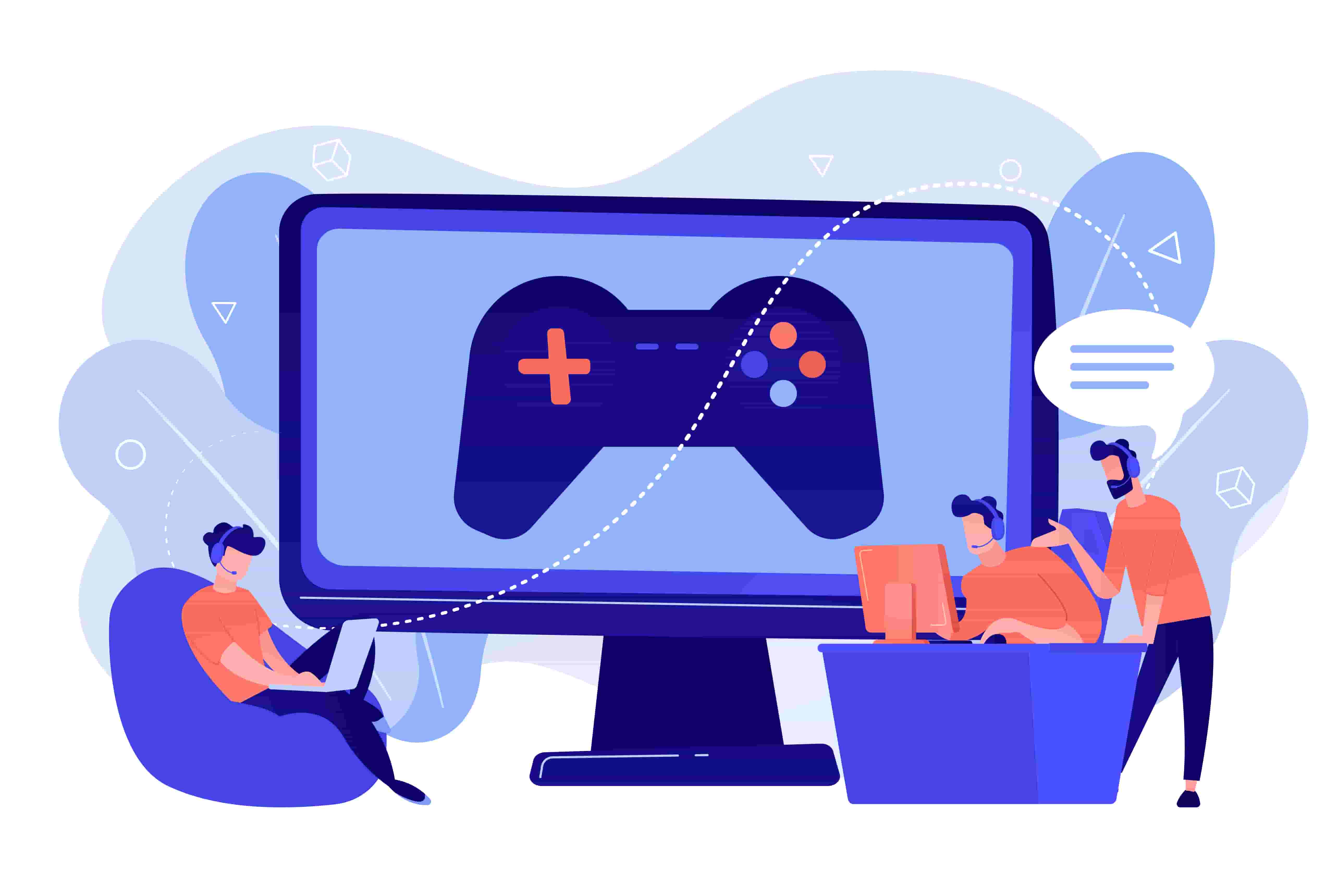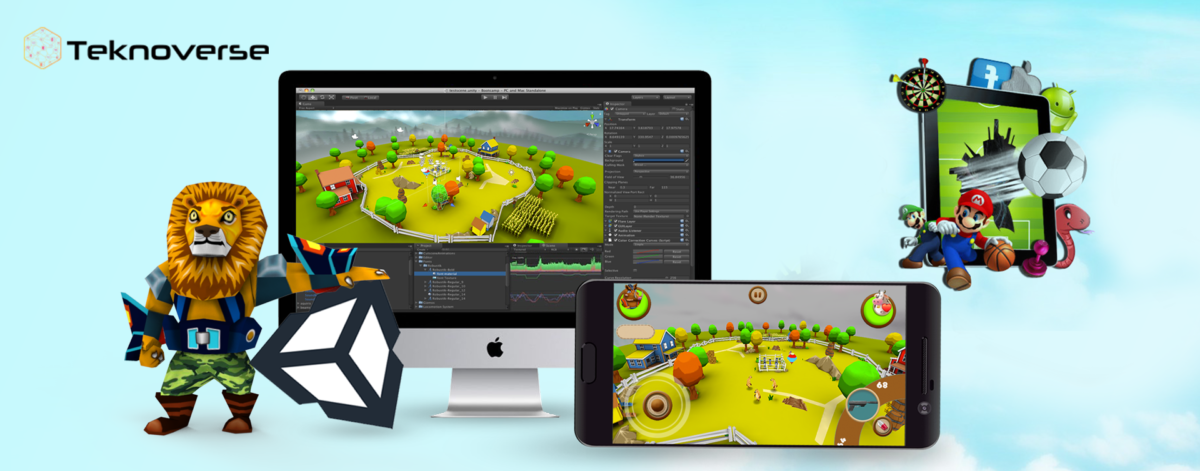Mobile gaming has evolved into a thriving industry, offering game publishers exciting opportunities in terms of profitability and brand awareness. If you’re interested in mobile game development, understanding the comprehensive process of creating a title is crucial for success. In this article, we’ll guide you through the various stages of mobile game development, from the initial idea to post-launch support and maintenance.
Market Research: Foundation for Successful Mobile Game Development
Before diving into game development, it’s essential to conduct thorough market research. Here’s what you need to consider:
Identify Trends: Study existing successful games and analyze what works and what doesn’t. Understand player preferences and market trends.
Target Audience: Define your audience demographics. Who are your potential players?
Competitor Analysis: Identify potential competitors and learn from their strengths and weaknesses.
Idea Generation: Based on your research findings, generate creative and unique game ideas. Consider the following:
Genre: Decide on the game genre (e.g., puzzle, action, simulation).
Gameplay Mechanics: Outline how players will interact with your game.
Theme: Define the overall theme of your game.
Working out the Process and Mechanics:
Blueprinting of User Experience Define the core mechanics and processes of your game:
Gameplay Features: Outline the gameplay elements, controls, and interactions.
User Experience: Establish a clear vision for the overall user experience.
Choosing a Platform:
Decide which platform(s) your game will target:
iOS: For Apple devices.
Android: For a broader audience.
Both: Consider factors like market share and development resources.
Working on Design: Creating a Visually Impressive Game
Design plays a crucial role in attracting players:
Graphics: Create visually appealing characters, environments, and UI elements.
Cohesive Design: Ensure a consistent look and feel throughout the game.
Creating Game Structure: Building Engaging Levels and Progression
Define the structure of your game:
Levels: Plan out different levels or missions.
Narrative (if applicable): Develop a compelling storyline.
Player Engagement: Ensure the structure keeps players engaged.
Monetization Plan: Balancing Profitability and User Satisfaction
Decide how your game will generate revenue:
In-App Purchases: Offer virtual goods or upgrades.
Ads: Display ads during gameplay.
One-Time Purchase Fee: Charge players upfront.
Developing the Game: Bringing Your Vision to Life Through Code
This is where the magic happens! Write code, create assets, and build your game.
Remember, mobile game development is a dynamic process. Regular testing, iteration, and user feedback are essential for refining your game. Good luck on your game development journey!
Game Mechanics and Prototyping: Iterating and Refining
Prototyping: Create a basic version of your game to test core mechanics. Use tools like Unity, Unreal Engine, or Godot.
Iterate: Gather feedback from playtesting and refine your game mechanics. Ensure smooth gameplay and intuitive controls.
Sound and Music: Enhancing Immersion
Sound Effects: Add sounds for actions (e.g., jumping, collecting items).
Background Music: Choose music that complements your game’s theme.
User Interface (UI): Designing for Accessibility
Menus: Create user-friendly menus for navigation.
HUD (Heads-Up Display): Display essential information during gameplay (e.g., score, health).
Testing and Debugging: Ensuring a Bug-Free Experience
Testing Devices: Test your game on various devices (phones, tablets) and screen sizes.
Bug Tracking: Identify and fix any issues promptly.
Localization: Reaching a Global Audience
Translate: Localize your game into different languages.
Cultural Adaptation: Consider cultural nuances and preferences.
App Store Optimization (ASO): Boosting Visibility
App Store Descriptions: Write compelling descriptions with relevant keywords.
Screenshots and Videos: Showcase your game effectively.
Launch and Marketing: Making Your Game Shine
Launch Strategy: Plan a successful release.
Social Media: Promote your game on platforms like Twitter, Instagram, and TikTok.
Community Engagement: Interact with players and gather feedback.
Remember, each step is crucial for creating a polished and engaging mobile game. Best of luck, and may your game captivate players worldwide!
User Feedback and Iteration: Refining Based on Player Input
Beta Testing: Release a beta version to a limited audience and gather feedback.
Listen to Players: Pay attention to user reviews and adjust your game accordingly.
Continuous Improvement: Regularly update your game to enhance gameplay and address issues.
Post-Launch Support: Keeping Your Game Alive
Bug Fixes: Address any post-launch bugs promptly.
Feature Updates: Add new content, levels, or features to maintain player interest.
Community Engagement: Interact with players through social media or forums.
Analytics and Metrics: Measuring Success
Install Tracking: Monitor how many users install your game.
Retention Rate: Understand how many players continue playing over time.
Monetization Metrics: Analyze revenue sources (in-app purchases, ads).
Legal and Copyright Considerations: Protecting Your Game
Intellectual Property: Ensure your game’s assets (art, music, code) are legally owned or licensed.
Privacy Policies: Create a privacy policy if your game collects user data.
Terms of Service: Define rules for using your game.
Scaling and Future Plans: Expanding Your Game Portfolio
Sequels or Spin-offs: Consider creating related games.
New Platforms: Explore other platforms (PC, console).
Collaborations: Partner with other developers or brands.
Remember, the journey of mobile game development is both challenging and rewarding. Stay passionate, learn from each project, and keep creating amazing games!


